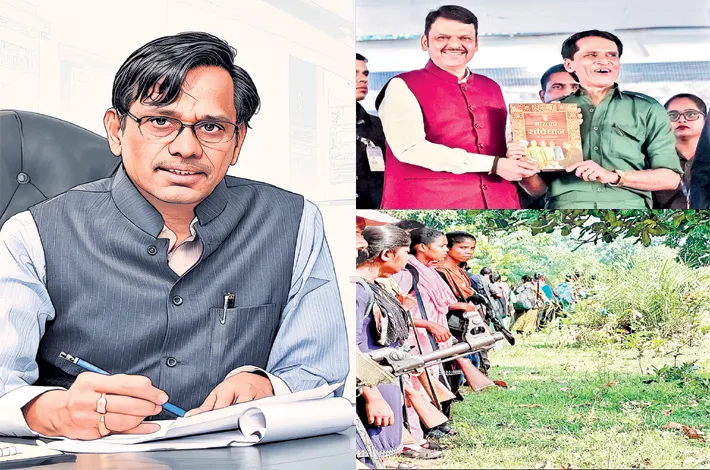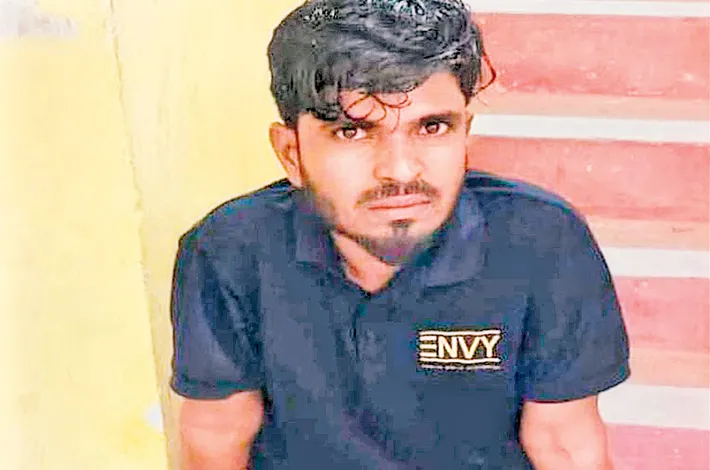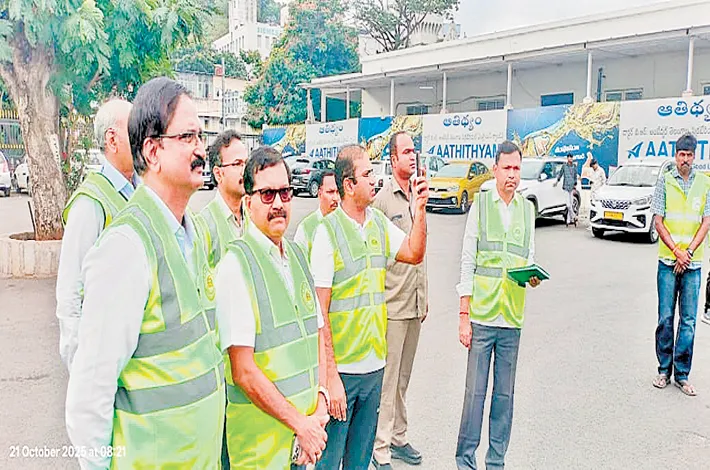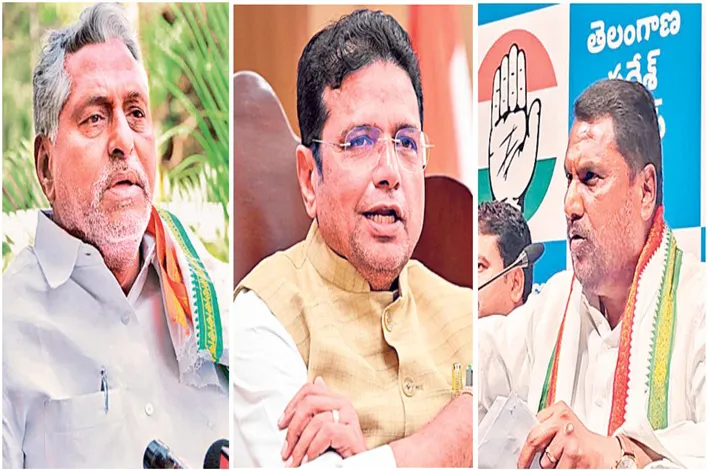Vemulawada resembles a ghost town
15-05-2025 12:00:00 AM
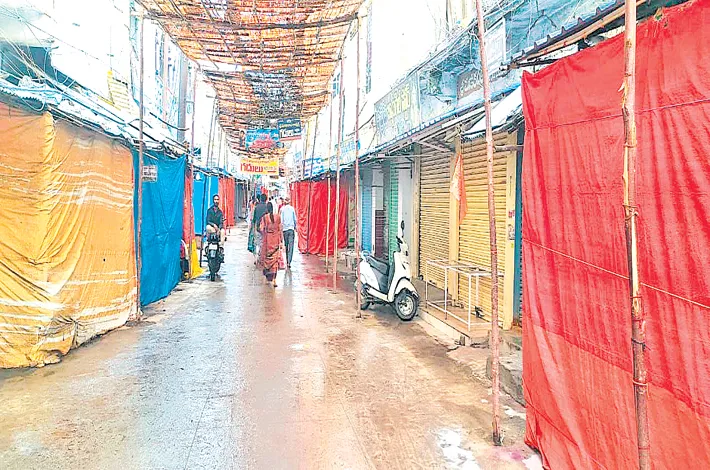
- Locals welcome temple facelift but oppose complete closure of temple for two years starting June 15
- The temple earns between Rs 110-120 crore annually
The Telangana government’s ambitious plan to give a grand facelift to the historic Sri Rajarajeshwara Swamy temple in Vemulawada in Rajanna-Sircilla district, on the lines of the Yadadri model, has stirred controversy and unrest among local residents, devotees, and traders. While the move is welcomed in principle, the decision to completely close the temple for nearly two years starting June 15 has met with strong opposition.
The sudden announcement by the Endowments Department, apparently without consulting stakeholders or sharing detailed project plans — has led to a successful bandh in Vemulawada temple town on Wednesday, organized by the newly formed Rajanna Alaya Rakshana Samithi, a joint action committee comprising local traders, political representatives, and residents.
Local priests also voiced discontent, deeming the June 15 start date inauspicious and demanding better arrangements at the makeshift Bheemeshwara Temple, where rituals are planned during the main temple’s closure. They emphasized that sub-shrines like Uma Maheshwara Swamy, Bala Tripura Sundari Devi, and Koti Lingalu in the main temple complex should not be disturbed, recalling a precedent set in 1979.
The temple, which earns between Rs 110-120 crore annually, holds significant religious and economic importance. Currently, officials are reportedly eyeing fixed deposits worth Rs 110 crore for funding the project, though withdrawing such amounts remains uncertain due to regulatory restrictions.
Pratapa Ramakrishna, Chairman of the Rajanna Alaya Rakshana Samithi said, “The two-year timeline announced by the government for the temple makeover is unrealistic and unconvincing. Even the Yadagirigutta project, which had constant monitoring by K. Chandrashekar Rao, took 5 to 6 years to complete. We have no clarity on the new plan, designs, timelines, or DPR—nothing has been shared with the public. We are not against development, but it must be done without hurting the sentiments of devotees and livelihoods of thousands who depend on the temple.”
He also added that the government should first begin development work on the 35 acres already acquired for this purpose. Only after those are near completion should work begin inside the main temple complex. Like in Tirumala, the Garbha Gudi (sanctum sanctorum) can be left untouched, while improving facilities like seating, queues, restrooms, and drinking water around the main temple, Ramakrishna said.
Minister responds amid unrest
Endowments Minister Konda Surekha has taken note of the opposition and held discussions with temple officials. She clarified that misinformation around temple expansion is being addressed and promised to ensure that no decisions would be made without local consensus. She also directed that work begin only after holding talks with all stakeholders to avoid “suspicion or difficulties.”
While the government's intention to enhance temple infrastructure is not in question, its approach—marked by abruptness, and lack of community engagement—has raised serious concerns, stated the locals. As the June 15 deadline approaches, pressure is mounting on the government to rethink its strategy and opt for a phased, inclusive, and transparent development model.
Livelihood Crisis: Nearly 5,000 families—over 20,000 people—depend directly on temple-related activities. The temple sees daily footfalls of 10,000 and over 50,000 during weekends and festivals. Traders fear losing income if the main temple is shut
Lack of transparency: Local leaders say they’ve not been informed of the blueprint, timelines, or detailed project reports (DPR). The Rs 76 crore foundation laid by CM Revanth Reddy last year hasn't seen any actual fund disbursement, raising skepticism
Alternative proposal: The JAC suggested initiating work in the 35 acres acquired for development first, before touching the sanctum area. They cited the Tirumala model where the main shrine remained untouched while amenities were upgraded around it





